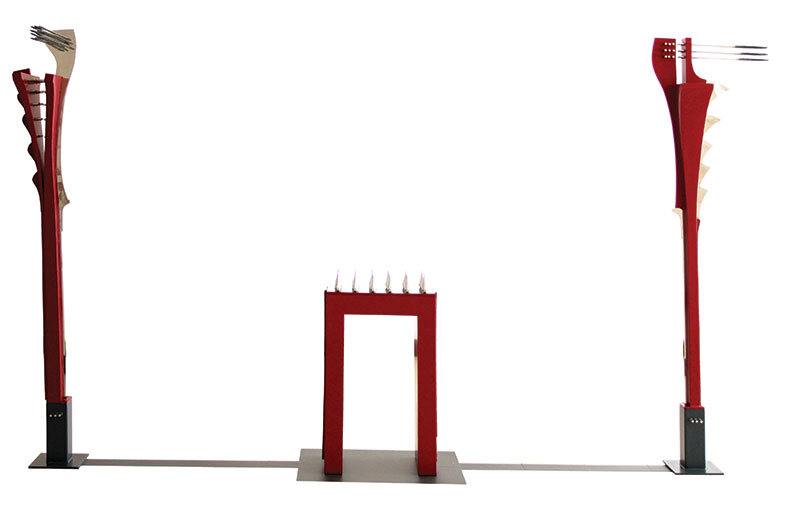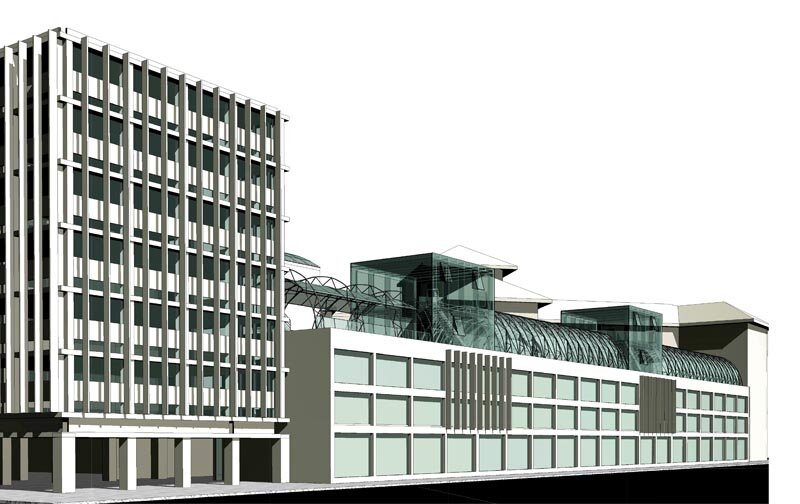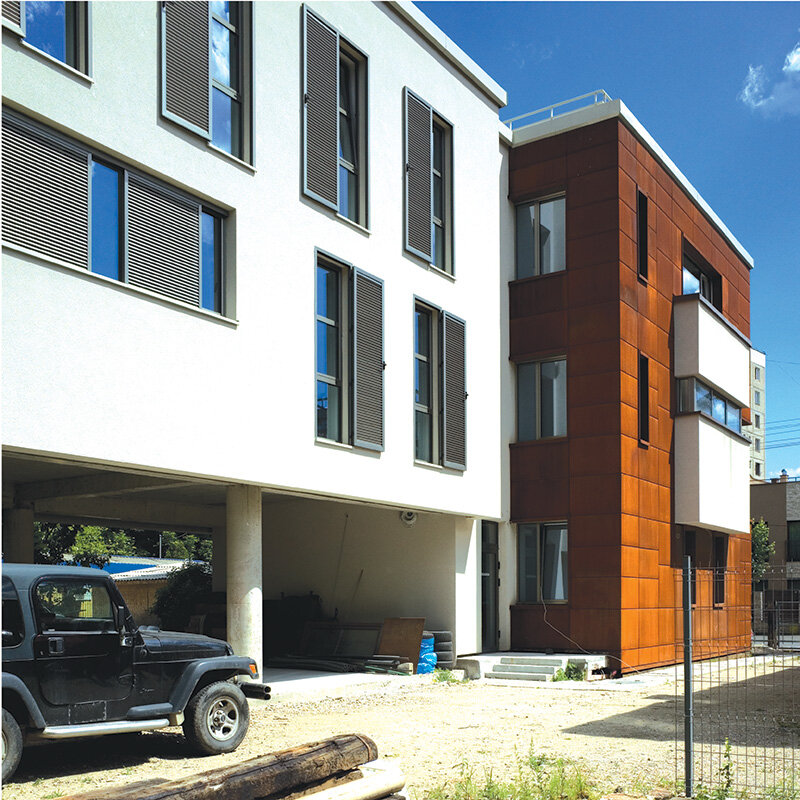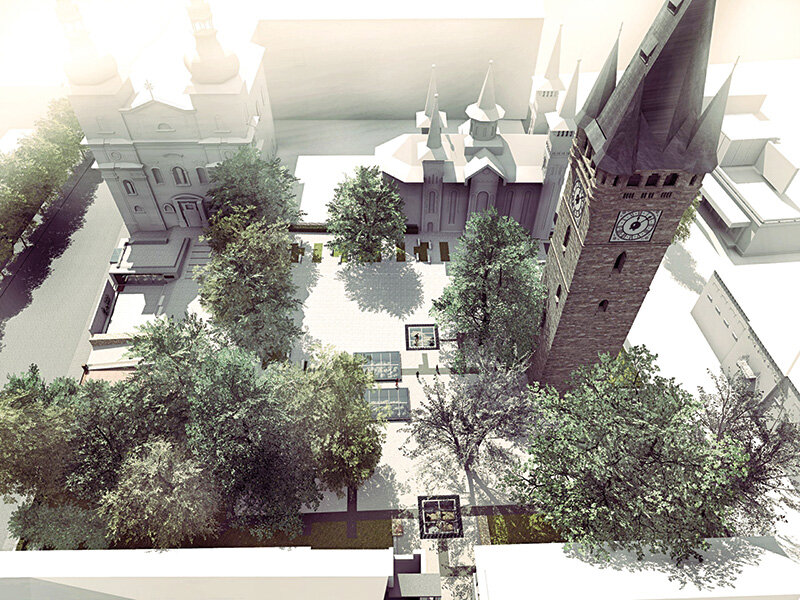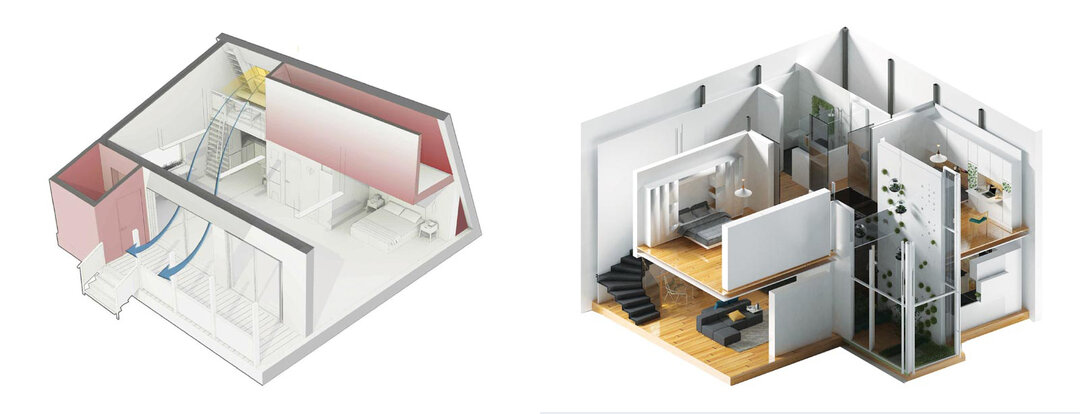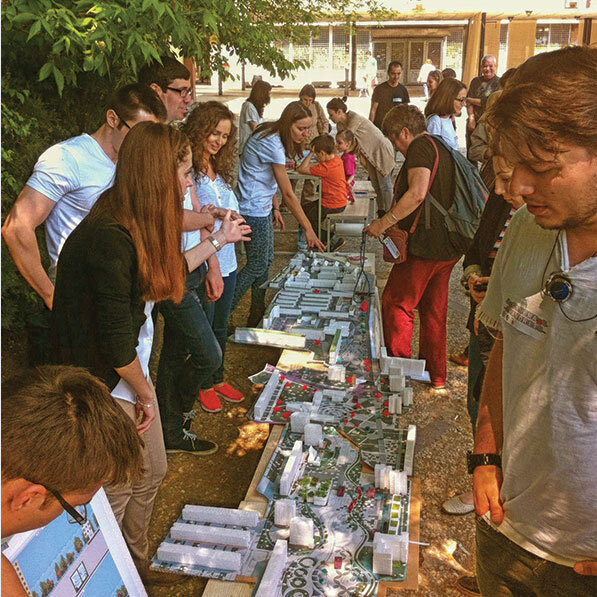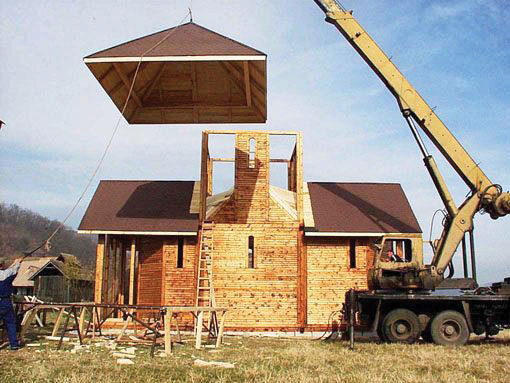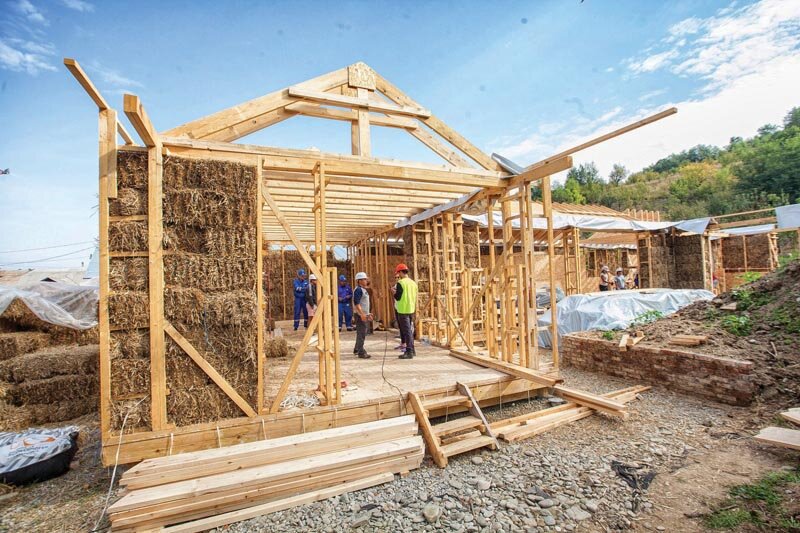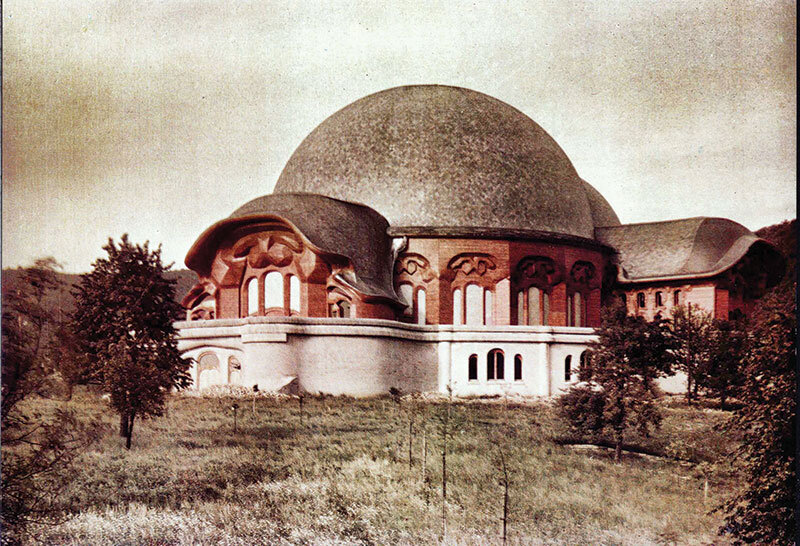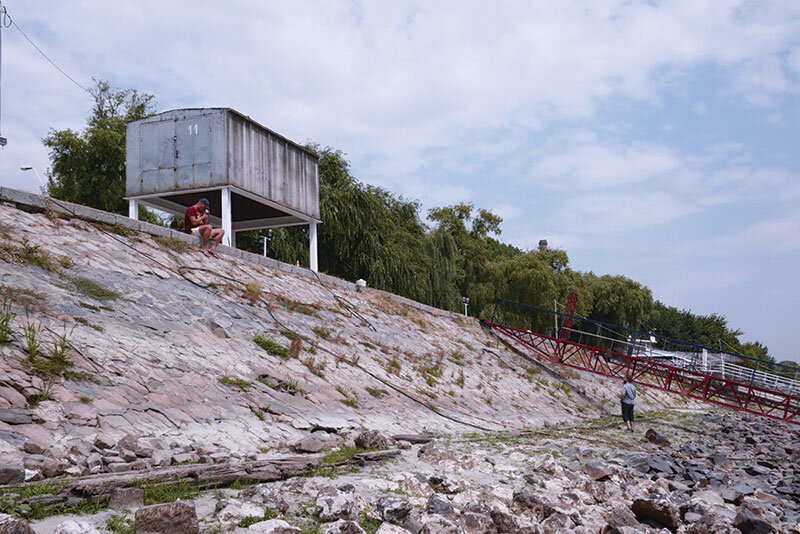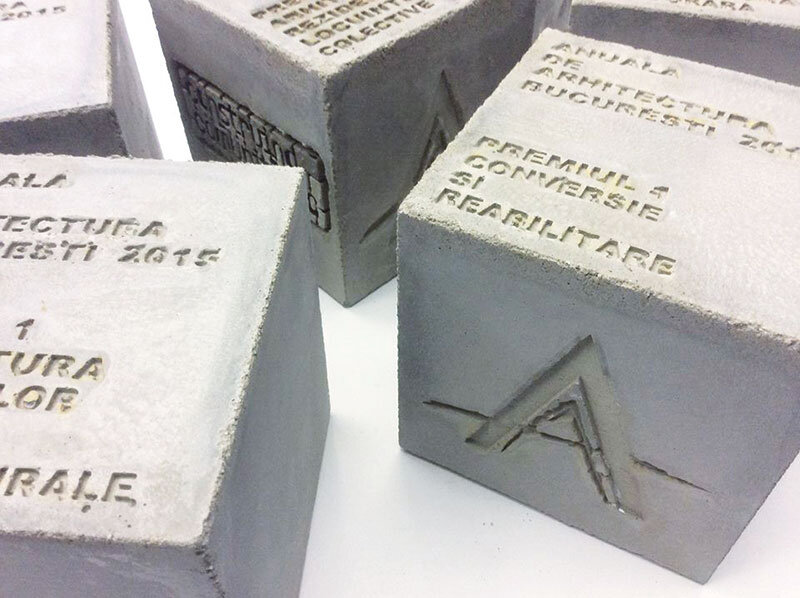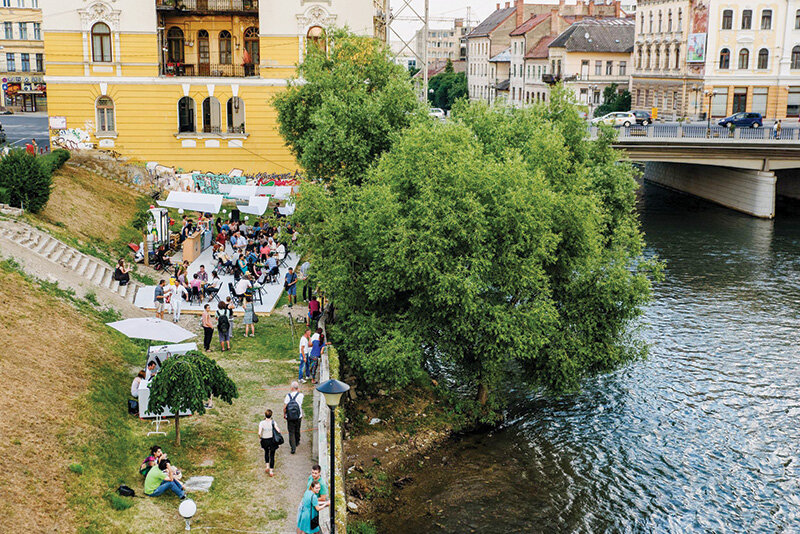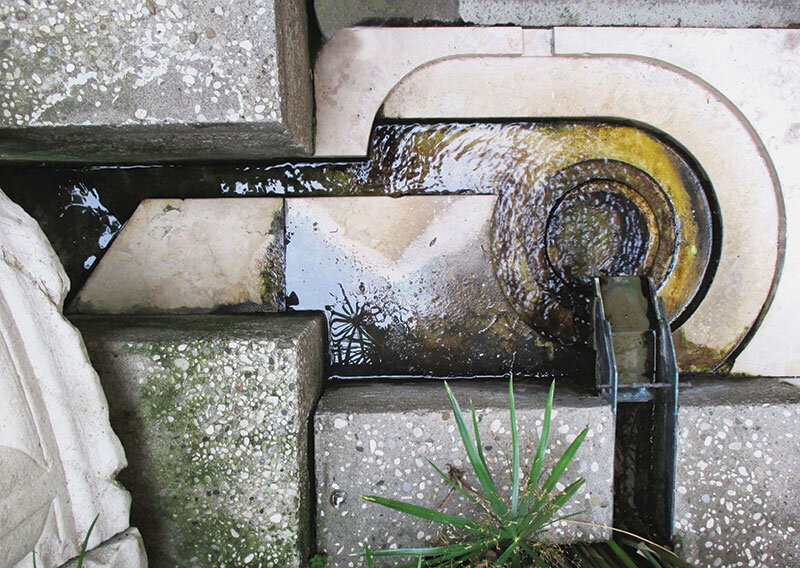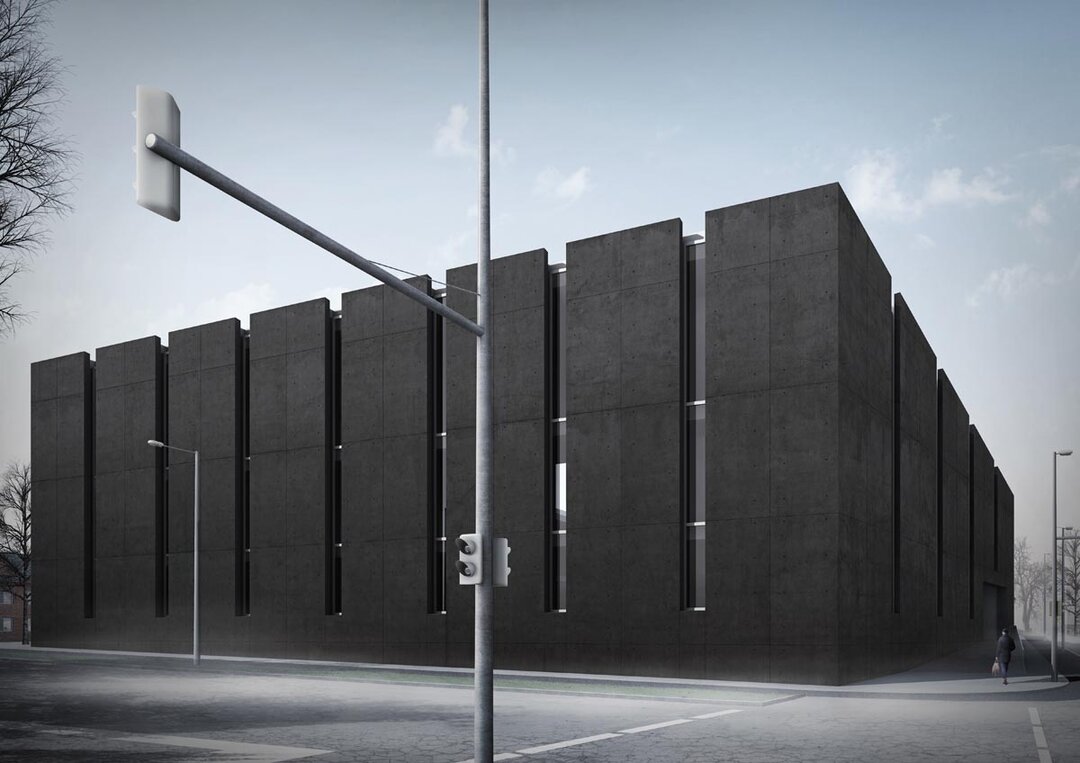
Radical Modern. Urban planning and architecture in 1960s Berlin

The Berlinische Galerie has reopened after extensive renovations with Radical Modern: Urban Planning and Architecture in 1960 in Berlin, curated by Ursula Müller. The spectacular exhibition presents a selection of buildings, projects and plans from the 1960s in response to current debates that revolve around reconsidering the value of this architectural period, encouraging a confrontation. And it seeks to answer questions such as: how is this architectural legacy perceived today and why; did an entire generation of architects get it wrong; which are the famous buildings of the era and do they enjoy international recognition; what is the context in which they were built? etc.
Ursula Müller considered the 1960s to be iconic because of the construction of the wall in 1961, which divided and transformed Berlin into a Cold War big city, and the building boom. The Radical Modern exhibition is a constant showcase of the rivalry between the two political systems, which also took place in the field of architecture. In both West and East the focus was on the city centre, which was to be revitalized. A forward-looking era excluded the reconstruction of the old town, which was vehemently rejected for political, economic and social reasons. Architects and urban planners saw the ruin-city as an opportunity, and thanks to the Cold War, both sides tried to distinguish themselves from each other in implementing their ideologies. This became especially evident in the public space: while the West expressed a more abstract approach to international modernism, in the East facades were decorated with statues and murals in the style of social realism. Large structures were built in the 1960s: Europa-Center at Breitscheidplatz in West Berlin and Rathauspassagen at Alexanderplatz in East Berlin, which signaled a new approach, an open spatial composition with large, separate transit areas for pedestrians, cars and trams.
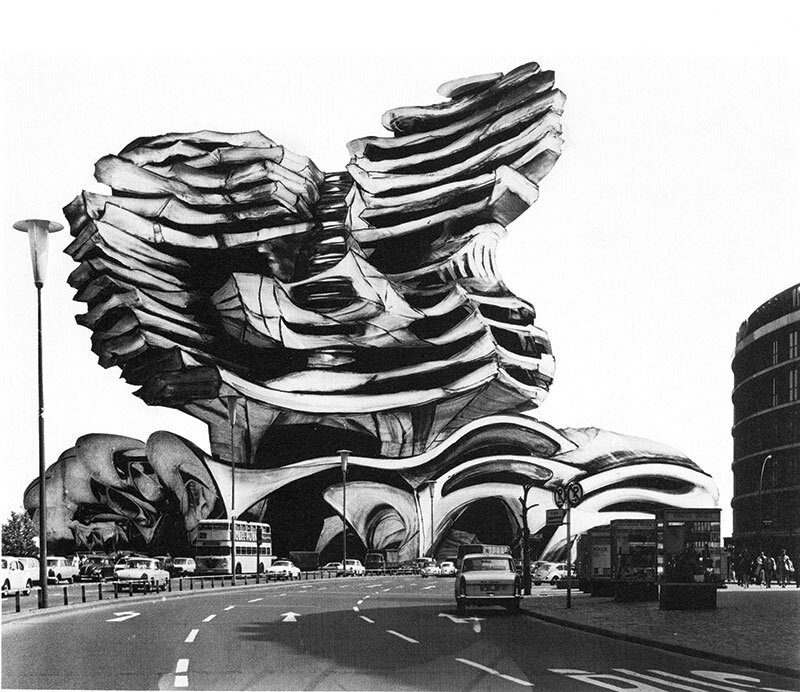
The exhibition Radical Modern: Urban Planning and Architecture in 1960s Berlin can be seen as a pretext to call for a selective preservation of the buildings of this era. By confronting and analyzing the cultural conditions, we can try to understand the architects' motivations for creating these buildings. Many important buildings from the 1960s in Berlin have already disappeared, and others are threatened with demolition or irreversible alteration. The widespread rejection of the architecture and urban development of that period means that many of the radical approaches realized in Berlin have been lost.
www.berlinischegalerie.de/en/exhibitions/current-exhibitions/radically-modern

